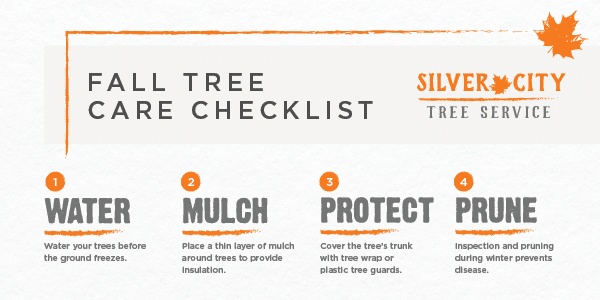Determining The Right Time For Tree Elimination - An Overview For Homeowners
Determining The Right Time For Tree Elimination - An Overview For Homeowners
Blog Article
Material Writer-Siegel Conway
Trees add appeal and worth to property, however they can also pose a danger throughout extreme climate events. If a tree has quit growing, is showing visible fungal development, or has a leaning trunk, it ought to be eliminated by a specialist to avoid residential or commercial property damages and injury.
For more information, participate in a homeowner resource reasonable co-hosted by HPD, the Facility for New York City Neighborhoods, and Brooklyn-based real estate partners this evening in Bedford-Stuyvesant. The occasion will certainly include the Property owner Handbook, a new overview to aid home owners navigate the obligations of possessing a home.
1. Dead or Dying Branches
Trees are an essential part of your home's landscape, using color and appeal. They additionally supply shelter for wild animals and create oxygen, but even healthy and balanced trees can experience health issue that may demand their elimination. Dead or passing away trees aren't simply unsightly, they can be hazardous. Their branches could fall during a tornado, causing costly residential or commercial property damages and injuries.
When a tree's branches begin to pass away, it suggests that its framework is starting to break down. If the majority of its branches are dead, it is most likely time to remove it.
Look for an absence of brand-new growth, bark peeling, open wounds or tooth cavities, fungi expanding on the trunk or roots and a basic look of decay in the whole canopy. These indications of infection can show a severe issue that will need professional tree services to settle.
2. Leaning Trunk
While it's typical for trees to lean from time to time as a result of phototropism, if a tree has an unsafe or serious lean that's not because of natural processes - it could be an indicator that the tree requires to be gotten rid of. If the tree is leaning toward a power line, home, vehicle, play structure or any other area that could be harmful to people if it drops, then speaking to a professional tree service for removal must be a leading priority.
It's likewise important to look for any kind of sudden changes in a tree's leaning as it can show damage to the roots or trunk that may cause dropping. This is specifically real throughout thundercloud, because high winds and rain-soaked dirt can create a lean to change swiftly. Normal surveillance, especially during and after storms can help house owners recognize potential issues with their trees so they can call an arborist for a complete assessment.
3. click the up coming internet site , such as wood-boring insects like emerald ash borer or sap-suckers like range bugs, are so serious that they can create a tree to pass away. The most effective method to avoid pest problem is to monitor your trees often. Search for places, openings, or stainings in the leaves and bark. Examine tree trimming service for cracks and signs of insect damage, such as passages or tracks.
If a tree becomes too ravaged with pests, or is close to a home or high-voltage line, an arborist may advise removal. If a leaning tree establishes a brand-new, unpredictable lean, an arborist will likely advise elimination also to ensure the safety and security of people and home. If a damaged or dead tree constantly loses excessive branches, it is an indication that it is time to remove the tree. If a tree continues to lose branches for an extended amount of time, it could lead to structural problems and possible building damage.
4. Damaged please click the following web site are a stunning and important part of our landscape, however they do require normal care to maintain them healthy and balanced and secure. If a tree is harmed beyond repair it is most likely time for it ahead down.
Look for indications of damage to the trunk, including upright fractures, joints, dead branch stubs, noticeable injuries or open dental caries and serious tree-rot. The existence of fungi at the base of the trunk is one more alerting indicator. Fungis might suggest that the phloem and xylem (life-support tissues) are endangered, enabling the spread of disease or a future failure.
Also, consider whether the tree has stopped growing. Healthy trees will have new growth each year, which may show up as buds or branches sprouting and prolonging. If you don't see any type of new development, it's an excellent idea to have an arborist review the tree and follow their referral for elimination. A dying or damaged tree can fall and create building damages.